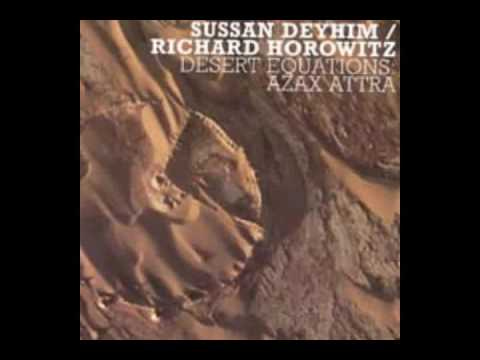Date/Time/Era: Indeterminate
The eternally riveting soundscapes of a different kind of '80s relic.
The Linn Drum keeps time. And, it also tells time.
Hear its distinctive samples of acoustic drum tones, and it’s likely you’re listening to something from the ‘80s. The instrument, produced from 1982 to 1985, was embraced almost instantly, becoming the backbone of creations by Prince, Human League, Billy Idol and many others.
Same with synthesizers like the EMI Fairlight (introduced 1979) and the Yamaha DX-7 (1983): They’re artifacts from a period of intense innovation in music instrument technology, when artists would grab the latest digital tools and then face the considerable challenge of getting beyond the generic presets. The learning curve could be steep, which is one reason why the instruments are easy to spot in a mix: The same basic sounds were used by lots of musicians. Echoes from an early-adaptor era, their presence serves as a kind of time/date stamp.
Yet even then, there were people using this technology in vivid, highly individual ways. One example: Desert Equations, the 1986 collaboration between Iranian singer Sussan Deyhim and US composer Richard Horowitz that returns to circulation next week via an expanded reissue from Crammed Discs. (The below link is, alas, from an earlier release.)
It's music that uses generous amounts of this technology, but doesn’t sound anything like works from the famous abovementioned artists. It fits imprecisely into many of today’s hybridized and microslivered genre buckets – you could file it under trance, or New Age, or instrumental electronic ambient, or tribal-exotica, or world groove (whatever that is…thanks Putamayo!).
Desert Equations is all of those things at once. And more besides. It’s journeying music, a series of invocations and invitations that sometimes call from altered states and sometimes pull the listener into full-mindfulness interior thinking. Its deeply melodic pieces sprawl out over vast, open-sky vistas – several of them transform slowly over time, in the way that blurry images on the horizon clarify with proximity. It eludes classification partly because of its mesmeric sweep: When he heard it, the novelist Paul Bowles wondered if it was made under the influence of the Moroccan confection majoun, which is often laced with cannabis or psychedelic drugs.
A large part of the brilliance comes from Deyhim’s tense, close-interval harmonies, which are drawn from Persian and Moroccan traditional music. Whether singing words or shouting or repeating patternistic percussive syllables, she is riveting.
Horowitz’ musical backdrops keep the focus on Deyhim’s voice, but are significant in themselves – as examples of inventive, highly textural sound design. Horowitz sought synthesizer sounds that conjured landscapes as well as moods; he wrought idiosyncratic burbling sounds from sine waves, and layered tones into arrays that convey depth and logic and internal motion even when they’re functioning as background scenery. His constructions vary greatly in scale, and at different times incorporate elements of Steve Reich-style minimalism, avant-garde improvisation, punk, and the mysticism of Moroccan gnawa rituals.
Find decent headphones and carve out a chunk of time for the newly remastered edition of Desert Equations, which includes three (surprisingly strong) bonus tracks. You will be transported to a realm that’s far far away from the moment of its creation, and equally removed from our cluttered digital present. The excellent liner notes say that Desert Equations came out in 1986. But really, there is no time stamp on this one.
Why yes, we have a fancy digital suggestion box. Share your favorite Underloved/Overlooked records here: echolocatormusic@gmail.com.
Please consider subscribing (it’s still free!). And…..please spread the word! (This only works via word of mouth!)








